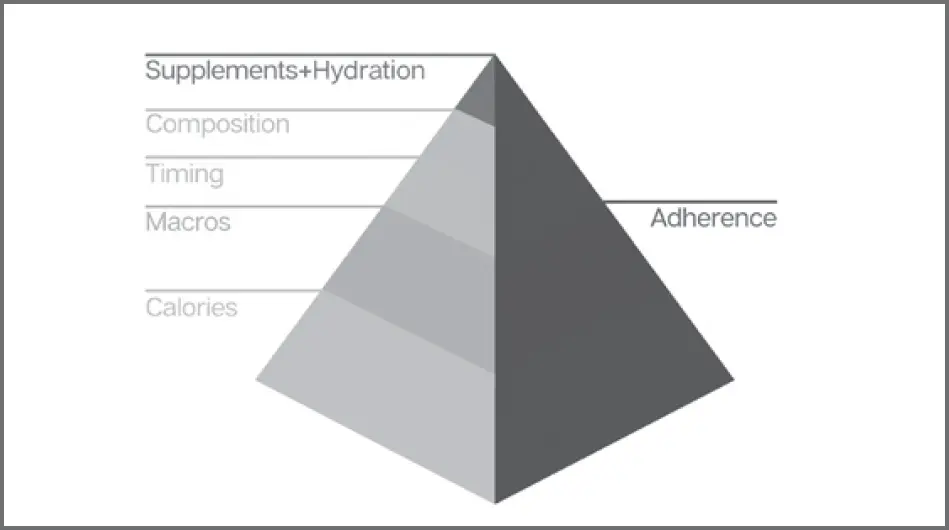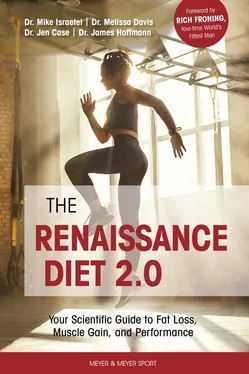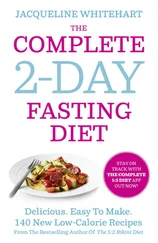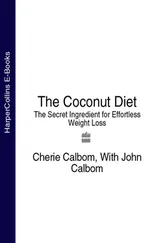Dietary fiber is not digestible by humans, but some types can be fermented in the human gut by the microbiome. Because the absence of fiber does not result in a nutritional deficiency, it is not technically an essential nutrient, but it is an important part of a healthy diet and has many health-, fitness-, and diet-related benefits. In addition to possible heart health benefits and bowel movement regularity, fiber increases feelings of satiety. This can be helpful on a fat-loss diet.
Further, fiber slows digestion, which can help maintain steady blood glucose by decreasing the glycemic index of faster digesting carbohydrates during periods of lower activity.
Phytochemicals are chemicals found in plants. Although no phytochemical has been identified as an essential nutrient, some have potential health and fitness benefits. While research is still actively determining potential effects of many phytochemicals, there is strong evidence that many contribute to lower rates of cancer and heart disease and some suggestion that they can promote improved overall bodily function. While recommended intakes for most have yet to be agreed upon or set, you can likely get most beneficial phytochemicals by consuming multiple servings (a serving is generally defined as 1 cup cooked or 2 cups raw) per day of fruits and vegetables. Varying the types of fruits and veggies and being sure to include an assortment of brightly colored options as well as leafy greens will help ensure consumption of an array of phytochemical nutrients and their potential health benefits.
HOW FOOD COMPOSITION FITS INTO THE DIET PRIORITIES
The combined effects of all food composition choices contribute only 5% of potential fitness outcomes. This means food composition choices for any one macronutrient source will make only a percent or two of difference. Transitioning from terrible carbohydrate composition choices to perfect ones would probably result in barely notable physique and performance changes even over the course of months. That being said, the effects on long-term health of such a switch are much larger. Your long-term ability to pursue and cultivate fitness rests on the foundation of your overall health. Across a lifetime, the indirect effects of good food composition choices on physique and performance might add up to well over 5%. In other words, you can get in shape eating pop tarts and potato chips for carbs, but if you want to stay in great shape for decades, switching to mostly veggies, fruits, and whole grains is likely a better strategy.
In most cases, you can reap the full benefit of good food composition as long as you get around three-fourths or more of your intake from recommended sources of protein, carbs, and fats. Getting the rest from processed junk food will come at little or no detriment to your training and physique goals. This is because the value of good food composition is in getting enough of certain nutrients.
Once the required values of these nutrients have been met, more of them do not necessarily provide additional benefit. For example, if your fat intake is predominantly monounsaturated fats and you meet your essential fat needs regularly, some saturated fats and even a bit of trans fat intake from junk food occasionally has not been shown to negatively impact health, performance, or body composition. The downside of junk food is that it lacks these healthy micronutrients, so adding some junk once you have the minimum of all these micronutrients has no significant downside if properly moderated. Having some leniency in your diet regimen can relieve some of the stress of diet discipline and improve adherence.
Finally, when reviewing your diet program for food composition, it is important in any case to be wary of macro extremes. If an entire macro category is very low, perhaps at the tail end of a fat-loss diet when fats have been dropped to their minima, the food composition of the fat source begins to matter to a greater extent. At this point, it might be wise to supplement Omega-3 fats to ensure that at least essential fat needs are met. In more extreme cases, when fats are at their lowest and carb cuts are needed to continue fat loss in the final weeks of a hypocaloric diet, it is probably time to exchange the workout carb powders and white rice for more veggies and fruits so that your micronutrient intake remains at a healthy level. Vitamin supplements at this point might also be warranted.
•Food composition describes the quality of food in terms of its digestibility, digestion rate, and the micronutrients and fiber content.
•The quality of protein is largely determined by the essential amino acid profile and its digestibility and, to a smaller extent, by its micronutrient content.
•The quality of carbohydrate is primarily determined by the digestion rate, or how quickly it can be absorbed into the bloodstream, and its micronutrient and fiber content.
•The quality of fat is primarily determined by the class of fat, and diets should generally prioritize monounsaturated fats, polyunsaturated fats, and saturated fats, in that order, while keeping trans fat consumption to a minimum.
•A well-balanced diet will generally meet all the daily micronutrient requirements; however, during hypocaloric periods and periods where certain macronutrients are deprioritized, a vitamin supplement can help ensure micronutrient values are met.

Supplements and Hydration
The final 5% of dietary outcomes comes from a combination of supplement consumption and hydration management. You might be wondering why water intake, which is necessary for life itself, would be ranked so low in the nutritional hierarchy. Fortunately, hydration levels for best performance and body composition are very similar to those needed for health; most people fulfill these requirements intuitively. In other words, drinking when you are thirsty will hydrate you adequately for health and get you very close to your best fitness hydration needs. The degree of muscle gain or fat loss anyone attains on a diet has almost nothing to do with how hydrated they are (outside of extreme circumstances). Performance can be affected by inappropriate hydration, but the effects are only substantial with more extreme or consistent dehydration or hyperhydration.
Supplements share the 5% improvement margin with hydration because they have a similarly small effect on fitness outcomes. Many available supplements have no effect at all, and even the most effective ones have been shown to have an extremely small impact on performance and body composition. Using the verified supplement options appropriately can give you an edge that may absolutely add up to a significant difference in the long term (even a less than 1% improvement on each diet phase can lead to measurable differences across a decade). Because of their small effect size however, supplements should be considered only after you have thoroughly implemented the main diet principles and only if adding supplement use does not over stress you and decrease your adherence.

Hydration is the degree to which the compartments of the body are supplied with water. Dehydration, euhydration , and hyperhydration are the states of having too little, normal ranges, or too much fluid in the body’s compartments, respectively. Many trainers and nutritionists unnecessarily emphasize hydration as a top priority. Performance can be very negatively impacted if an athlete is dehydrated from a water cut prior to competition or a failure to hydrate before an extremely hard workout in a very hot environment. Under normal conditions, it takes fairly extreme mistakes in hydration to negatively impact performance, and even more to affect body composition. As mentioned, most people stay in a fairly euhydrated state just by drinking to thirst.
Читать дальше














